Mastering DTF Transfers: Custom Direct-to-Film Prints Unlocked
Direct-to-film (DTF) transfers offer cutting-edge printing technology for exceptional customization…….
Welcome to an in-depth exploration of the dynamic world of custom DTF (Direct-To-File) transfer stores, a revolutionary concept transforming digital content creation and distribution. In this article, we will navigate through the intricacies of this innovative business model, its global impact, technological underpinnings, and the challenges it presents. By delving into these aspects, readers will gain valuable insights into how custom DTF transfer stores are reshaping industries worldwide.
Definition: A Custom DTF Transfer Store is a digital platform that facilitates the creation, customization, and distribution of high-quality graphic designs, artwork, and visual content directly to customers’ files or devices. It offers a personalized experience, allowing users to order unique digital assets tailored to their specific needs.
At its core, this concept revolves around three key components:
Design Customization: Customers can collaborate with designers or utilize AI-powered tools to create or modify graphics, logos, illustrations, or print-ready files according to their brand identity and preferences.
Direct File Transfer: Once the design is finalized, the completed digital asset is transferred directly to the customer’s preferred file format, ensuring convenience and efficiency. This process bypasses traditional printing or production methods, enabling on-demand content delivery.
Online Marketplace: The platform serves as an online store, where customers can browse, select, and purchase custom designs. It may offer a wide range of categories, including business cards, brochures, posters, social media graphics, and more.
Historically, the emergence of custom DTF transfer stores can be traced back to the digital printing revolution in the late 20th century. With advancements in technology, particularly in graphic design software and internet connectivity, the idea of creating and distributing digital content at scale gained traction. The early 2000s saw the rise of online print services, which laid the foundation for today’s custom DTF transfer stores by offering customizable templates and direct file uploads.
The impact of custom DTF transfer stores is felt across industries and regions worldwide, with key trends shaping its global trajectory:
Regional Growth: North America and Europe have been early adopters, with robust markets for print-on-demand services. However, Asia-Pacific is emerging as a powerhouse, driven by rapidly growing e-commerce and digital content creation sectors in countries like China and India.
Mobile Revolution: The proliferation of smartphones and mobile internet has been instrumental in the rise of custom DTF stores. Mobile apps offer convenience, allowing users to design, customize, and order content on-the-go. This trend is particularly noticeable in regions with high smartphone penetration rates.
Sustainability Focus: Environmental consciousness is influencing consumer choices, prompting custom DTF transfer stores to emphasize eco-friendly practices. These include options for recycled paper, minimal packaging, and digital-first strategies that reduce waste associated with traditional printing.
Personalization Era: Modern consumers demand personalized experiences, and custom DTF stores cater to this by offering tailored designs at competitive prices. This trend is evident in the success of subscription-based models and personalized gift marketplaces.
The economic landscape surrounding custom DTF transfer stores is dynamic and multifaceted:
| Market Dynamics | Impact |
|---|---|
| Print-on-Demand (POD) Model: This business model minimizes inventory costs and risks, allowing stores to offer a vast catalog of designs without large upfront investments. | Increased accessibility for small businesses and entrepreneurs to enter the market, leading to higher competition. |
| Low Minimum Orders: Many custom DTF stores accept orders as low as one item, making it attractive for individuals and small businesses with unique requirements. | Encourages on-demand production, reducing waste and optimizing resource utilization. |
| Global Reach: Online platforms enable customers worldwide to access designs, creating a global market for both creators and consumers. | Facilitates cultural exchange through design and fosters international business opportunities. |
Investment Patterns: The custom DTF transfer store market attracts investments from various sources:
Venture Capital (VC): VC firms fund innovative startups, particularly those leveraging advanced technologies like AI in design processes.
Business Angels: Experienced entrepreneurs invest in promising platforms, contributing their expertise and networks.
Crowdfunding: Some stores leverage crowdfunding campaigns to gain initial traction and customer support.
Technological innovations have been pivotal in shaping the custom DTF transfer store industry:
AI-Assisted Design: Artificial Intelligence (AI) tools enable automated design processes, from generating initial concepts to refining details. AI algorithms can analyze trends, user preferences, and data to offer personalized design suggestions, increasing efficiency and creativity.
Cloud-Based Storage: Cloud technology ensures secure and scalable storage for digital assets, enabling seamless access and collaboration for customers and designers worldwide.
AR/VR Integration: Augmented Reality (AR) and Virtual Reality (VR) technologies provide immersive design experiences. Customers can visualize products in real-world settings, enhancing the online shopping experience.
Blockchain for Transparency: Blockchain technology is explored to ensure transparency and authenticity of digital content, addressing copyright issues and providing verifiable ownership records.
Despite its growth, the custom DTF transfer store industry faces several challenges:
Competition: The ease of entry into the market leads to intense competition, requiring stores to differentiate themselves through unique features, design offerings, or pricing strategies.
Design Talent Acquisition: Attracting and retaining skilled designers is crucial for platforms offering high-quality custom designs. Investment in talent development and partnerships with design schools can help address this challenge.
Customer Education: Some users may require guidance on designing effective visuals or understanding file formats, leading to a need for educational resources and improved user interfaces.
Copyright and Intellectual Property: Protecting digital content from unauthorized use is essential, prompting platforms to implement robust copyright enforcement mechanisms.
Custom DTF transfer stores have emerged as a powerful force in the digital content creation and distribution sector, offering unprecedented levels of personalization and accessibility. With technological advancements pushing boundaries, these stores are poised to continue transforming industries globally. By embracing innovation, addressing challenges, and prioritizing customer experiences, custom DTF platforms will play a pivotal role in shaping the future of digital design and printing.
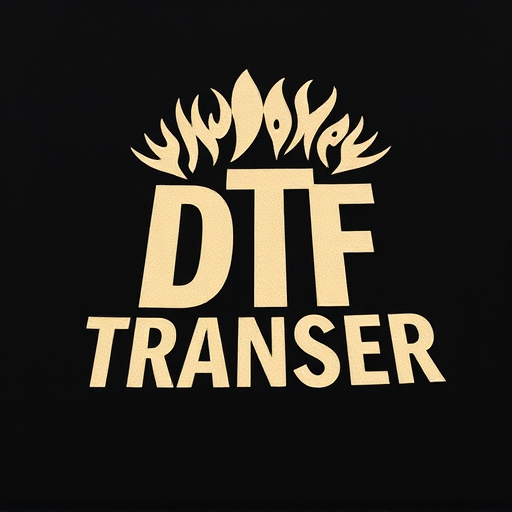
Direct-to-film (DTF) transfers offer cutting-edge printing technology for exceptional customization…….
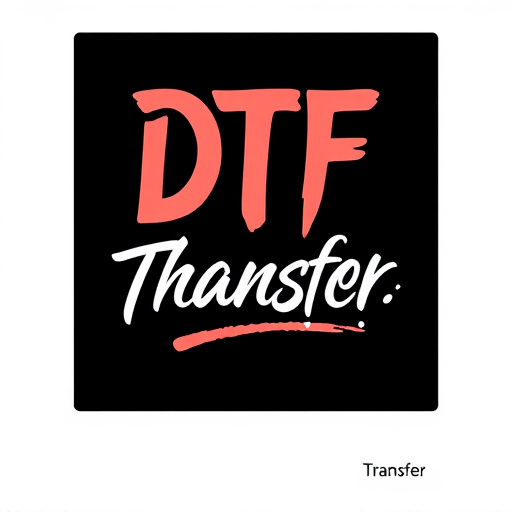
Direct-to-Film (DTF) technology is revolutionizing content creation by enabling direct printing onto…….
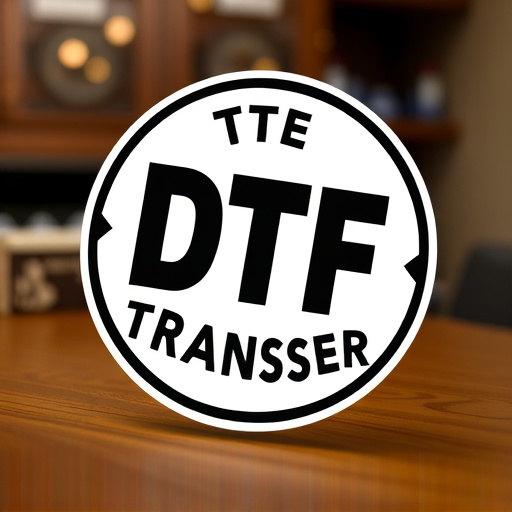
Direct-to-film (DTF) transfers are revolutionizing creative industries by offering unparalleled cust…….
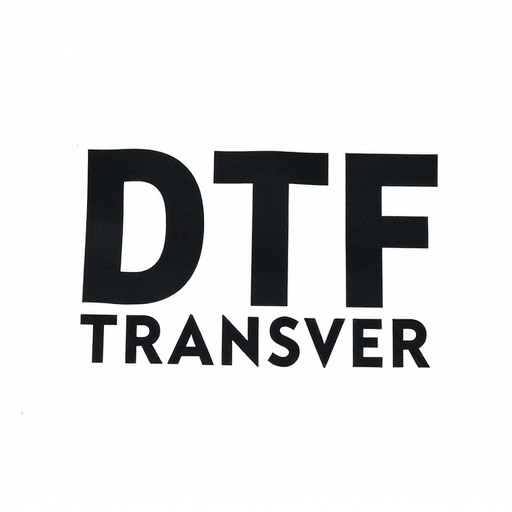
Direct-to-film (DTF) transfers are a cutting-edge method for customization, offering exceptional pre…….
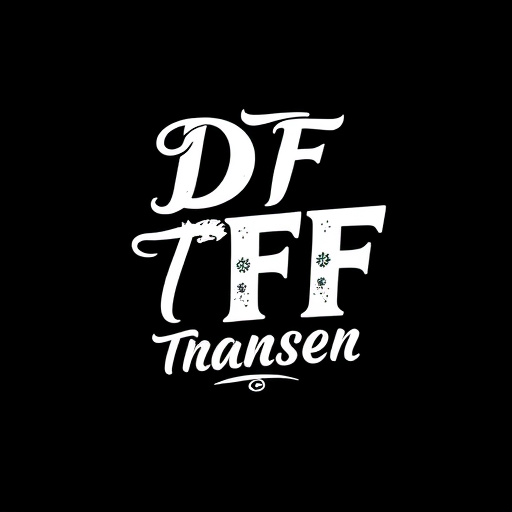
Direct-to-film (DTF) transfers are transforming retail printing with their ability to create vibrant…….
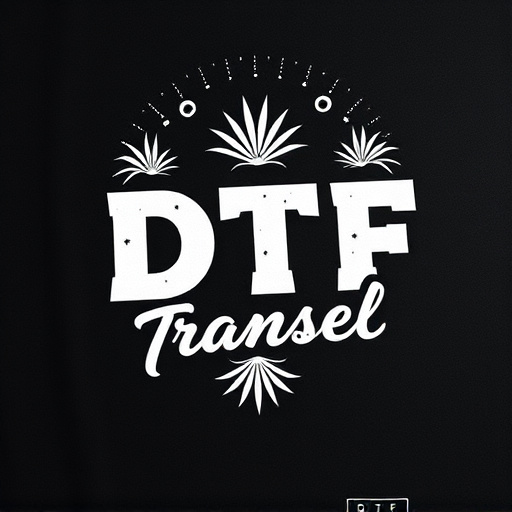
DTF (Direct-To-Film) Printing is a cutting-edge technique transforming custom design by enabling on-…….
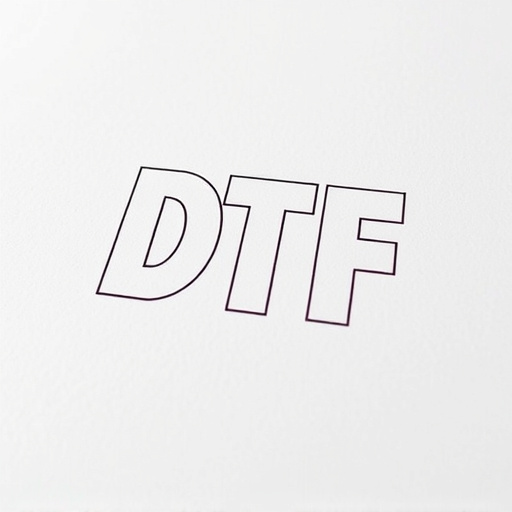
Direct-to-Film (DTF) transfers are an innovative printing technology that enables high-quality custo…….
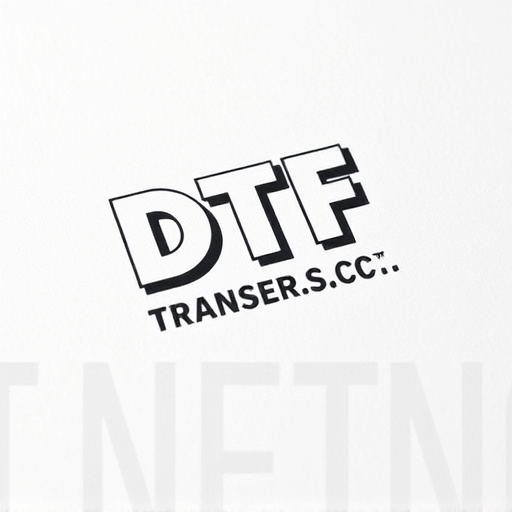
Direct-to-film (DTF) transfers are a revolutionary technology enabling artists and enthusiasts to cr…….
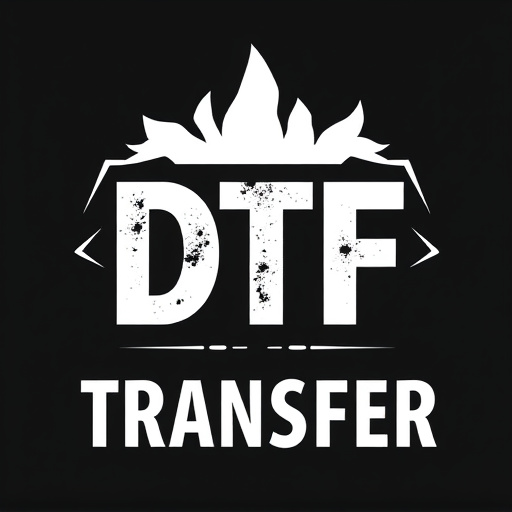
Direct-to-Film (DTF) transfers are revolutionizing retail by offering high-quality, personalized pri…….
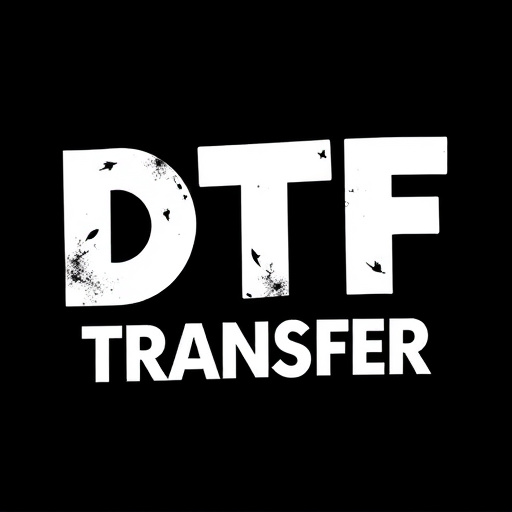
Personalized Direct-to-Film (DTF) transfers have transformed retail by offering businesses affordabl…….